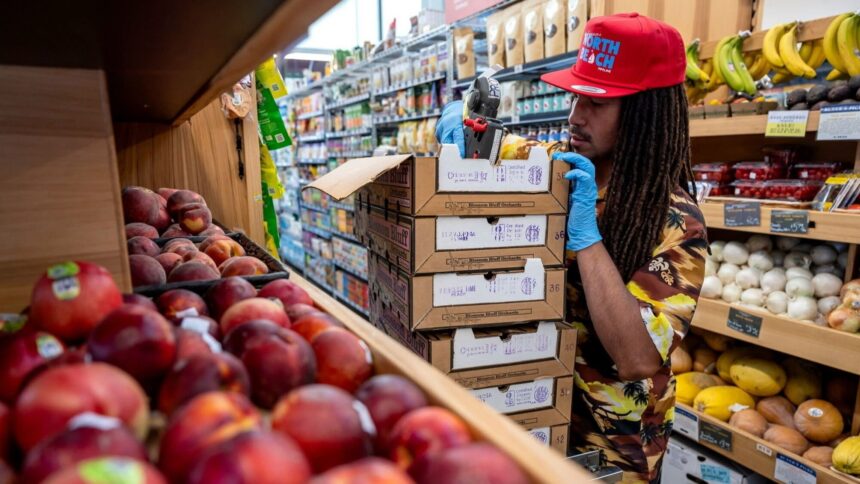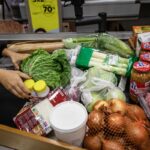The world’s dinner tables are becoming increasingly expensive battlegrounds as climate change tightens its grip on global agriculture. From flooded rice paddies in Asia to drought-stricken wheat fields across Europe, extreme weather patterns are dramatically reshaping food production costs worldwide, creating ripple effects that touch every consumer.
Recent data from the United Nations Food and Agriculture Organization shows food price indices climbing 7.3% over the past quarter, the steepest rise since 2020. The increase comes as climate scientists report that 2023 was the hottest year on record, with 2024 projected to potentially surpass it. These aren’t just abstract statistics—they translate directly to higher grocery bills for families worldwide.
“We’re witnessing a fundamental shift in food production economics,” explains Dr. Leila Thornton, agricultural economist at the University of Toronto. “When climate volatility disrupts growing cycles, it’s not just a seasonal blip anymore—it’s becoming the new normal that food systems aren’t adequately prepared for.”
The impacts vary dramatically by region. Canada’s agricultural heartland has experienced unprecedented weather extremes, with Prairie provinces facing both flooding and drought conditions within the same growing season. Meanwhile, rice production in Southeast Asia has fallen by nearly 15% after catastrophic monsoon patterns destroyed crops across multiple countries.
The coffee industry presents a particularly stark example of climate vulnerability. Global coffee prices have surged nearly 45% as Brazil—responsible for approximately one-third of global production—continues to battle extreme heat and irregular rainfall. “Coffee trees are incredibly sensitive to temperature changes,” notes Juan Valdez, international commodities analyst at Toronto’s Global Markets Institute. “A few degrees of warming can devastate yields in ways farmers simply cannot mitigate quickly.”
These agricultural challenges converge with other global economic pressures, creating a perfect storm for food inflation. Supply chain disruptions, increased transportation costs due to carbon pricing initiatives, and heightened geopolitical tensions have all contributed to price volatility. The Ukraine-Russia conflict continues to affect grain exports from one of the world’s most critical agricultural regions, creating shortages that reverberate through global markets.
For consumers, the effects are increasingly visible at checkout counters. A basket of staple foods that cost $100 in 2020 now averages $126.50 in most Western markets, with projections suggesting this figure could reach $140 by year’s end if current trends continue.
Governments and international organizations are scrambling to respond. The World Food Programme has increased emergency funding by 22% this year alone, while countries including Canada have introduced targeted subsidy programs to shield vulnerable populations from the worst impacts of food inflation. Meanwhile, agricultural scientists are accelerating development of drought-resistant crop varieties and climate-adaptive farming techniques.
“This isn’t just an environmental crisis—it’s becoming a serious political challenge,” warns former Environment Minister Catherine McKenna. “Food security directly impacts social stability. When basic nutrition becomes unaffordable, we see immediate impacts on public health, productivity, and ultimately, democratic institutions.”
As consumers face these higher prices, adaptation strategies are emerging. Community-supported agriculture programs have seen membership increase 35% over the past year, while home gardening supplies continue to experience unprecedented demand. Food preservation techniques like canning and freezing are experiencing a renaissance as households attempt to buffer themselves against price volatility.
The question facing policymakers, producers and consumers alike now becomes: can our food systems transform quickly enough to address climate realities, or are we entering an era where food affordability becomes the exception rather than the rule?
























